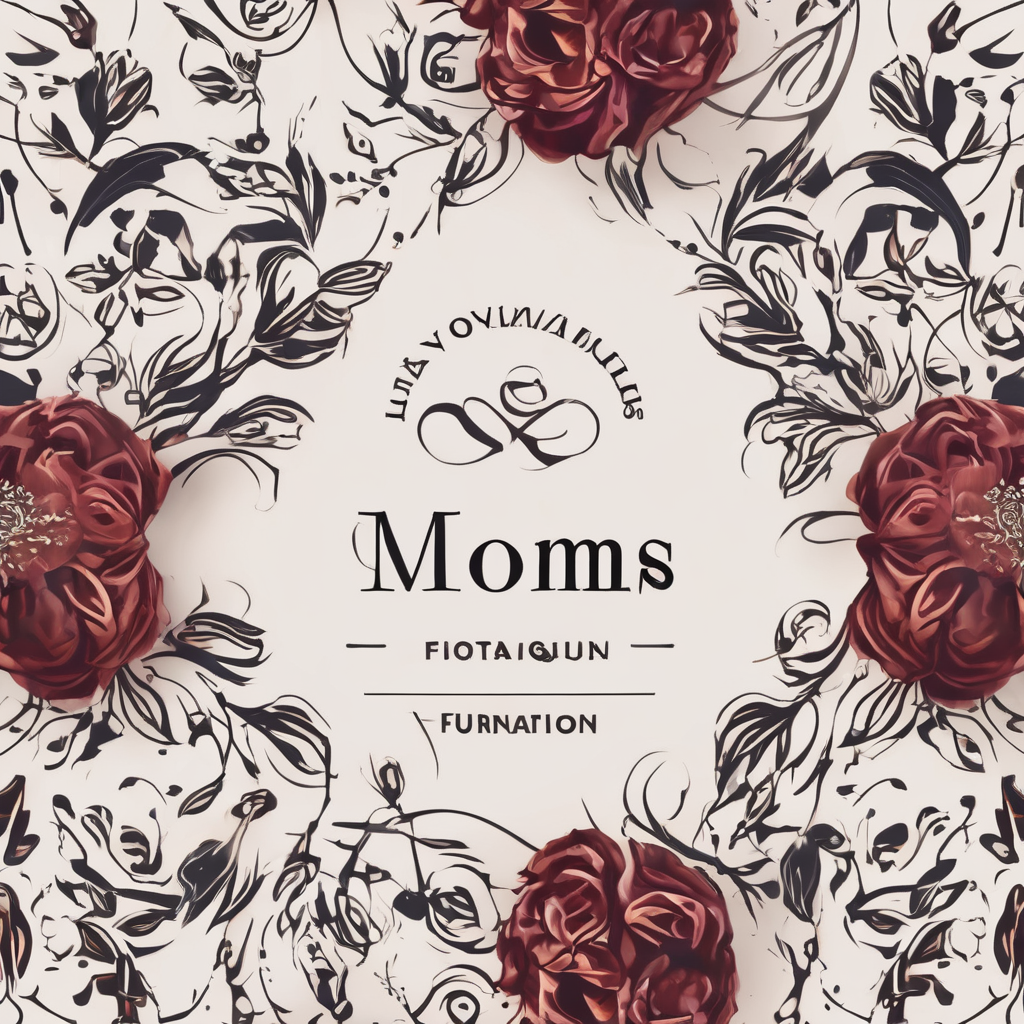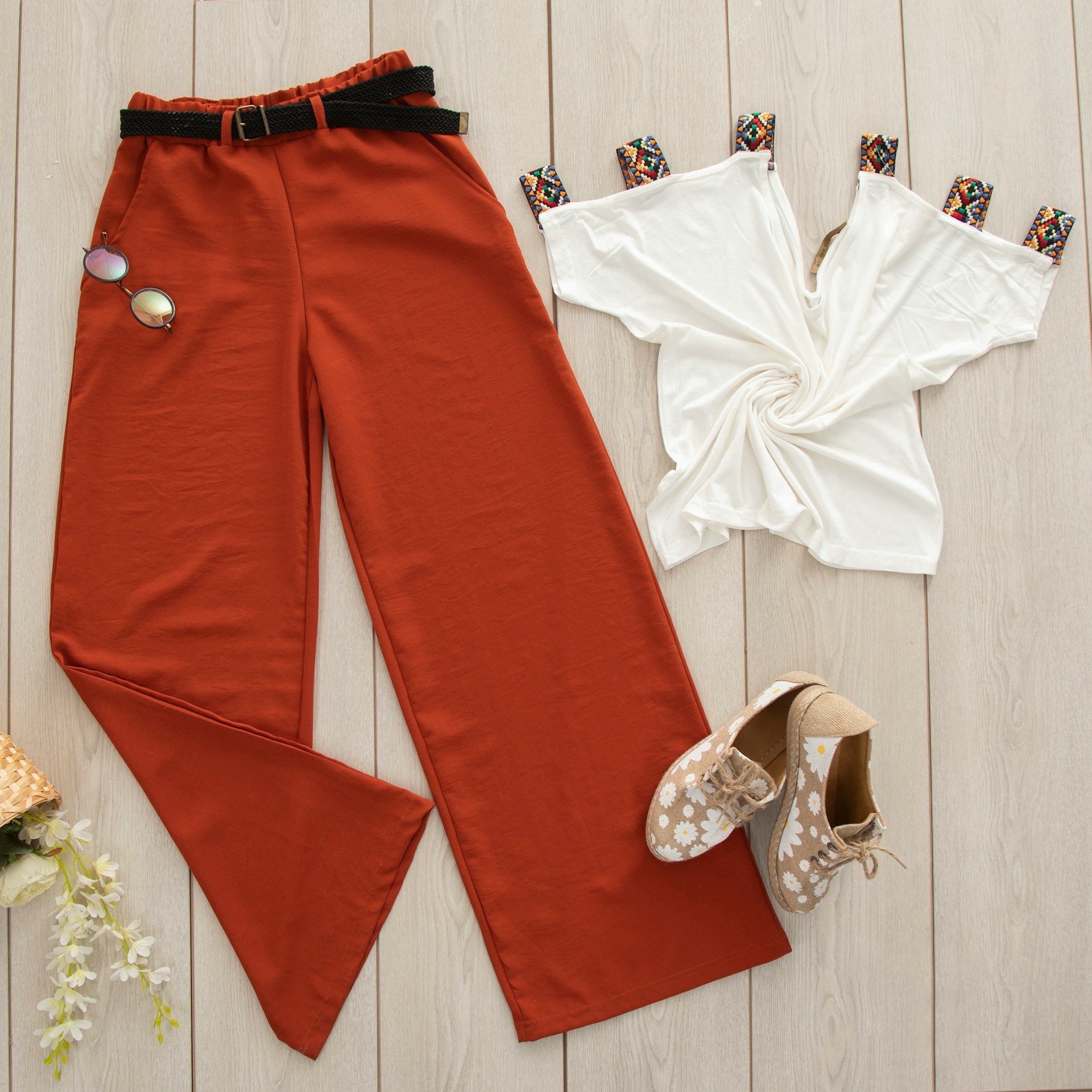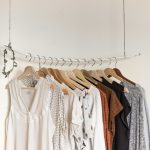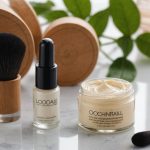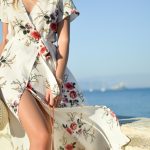Face masks don’t have to clash with your style. Choosing the right fabrics can elevate your DIY creations, allowing you to express individuality while staying safe. This guide dives into selecting materials that blend functionality and fashion, ensuring your face masks harmonize with your outfits. Discover the best fabric types, colors, and patterns to make your mask a delightful accessory, not just a necessity. Let’s make safety stylish!
Understanding Fabric Types for Face Masks
When selecting fabric types for masks, it’s essential to consider both protection and comfort. Different fabric types offer varying levels of filtration and breathability. Commonly used fabrics include cotton, polyester, and blends. Each has unique characteristics that determine their suitability for masks.
Also to read : Shield Your Skin: Effective Strategies to Combat Hard Water Effects in the UK
Woven fabrics are tightly constructed, providing better filtration. They are typically used in medical-grade masks due to their ability to block particles effectively. On the other hand, knit fabrics are more flexible and breathable, making them comfortable for everyday use. However, they may offer less filtration compared to woven fabrics.
The importance of fabric weight and thread count cannot be overstated. Heavier fabrics with a higher thread count generally provide better filtration. They create a denser barrier against particles. However, they can also be less breathable, which might be uncomfortable for extended wear.
Also to discover : Eco-Friendly Beauty: Essential Tips for Minimizing Waste in Your Skincare and Makeup Routine
In summary, choosing the right fabric type involves balancing protection and comfort. Consider the specific needs, such as the environment and duration of mask use, to make an informed decision. Understanding these factors will help ensure that the mask provides adequate protection while remaining comfortable to wear.
Recommendations for Protective Fabrics
When considering protective mask fabrics, it’s crucial to focus on filtration efficiency. The best fabrics for this purpose often include tightly woven materials. Cotton, particularly with a high thread count, is a popular choice due to its balance of comfort and protection. It provides excellent filtration while remaining relatively breathable. However, cotton can absorb moisture, which may reduce its effectiveness over time.
Polyester and its blends are also recommended for their durability and moisture-wicking properties. Polyester fabrics tend to be more resistant to wear and tear, making them suitable for reusable masks. They can, however, be less breathable compared to cotton, especially in warmer conditions.
For maximum protection, consider using fabric blends. A combination of cotton and polyester can offer the benefits of both materials, enhancing filtration while maintaining comfort. Blends can be tailored to specific needs, allowing for a more customised mask experience.
While each material has its pros and cons, the choice ultimately depends on individual requirements. Factors such as the intended duration of wear and environmental conditions should guide the selection of protective mask fabrics. By understanding these aspects, one can make informed decisions about mask materials.
Aesthetic Considerations in Fabric Selection
When selecting stylish mask fabrics, aesthetics play a crucial role alongside functionality. Masks have become an essential accessory, and choosing the right colours and patterns can enhance your overall look. Opting for colours that complement your wardrobe ensures that your mask seamlessly integrates with your outfits. This approach not only maintains style but also adds a personal touch to your daily wear.
Popular patterns and prints for fashionable masks include florals, geometric shapes, and abstract designs. These patterns offer a variety of options, allowing individuals to express their unique style. Whether you prefer bold prints or subtle designs, there is a pattern to suit every taste.
Mixing and matching fabrics with outfits can be both fun and rewarding. Here are some tips to consider:
- Coordinate your mask with the dominant colour in your outfit for a cohesive look.
- Experiment with contrasting patterns to make a bold fashion statement.
- Use neutral tones for versatility, ensuring your mask pairs well with multiple outfits.
By thoughtfully selecting stylish mask fabrics, you can create a fashionable and cohesive look while maintaining the necessary protection.
Comfort and Breathability Guidelines
When it comes to breathable mask fabrics, comfort is paramount, especially for long-term wear. Masks worn for extended periods must not only protect but also ensure ease of breathing to prevent discomfort and fatigue. Selecting the right fabric is key to achieving this balance.
Cotton is a top choice for breathable mask fabrics, known for its softness and airflow. Its natural fibres allow for better ventilation, making it ideal for daily use. However, it’s important to consider the fabric’s weight and weave, as thicker cotton may reduce breathability.
Linen is another excellent option, offering a lightweight and airy feel. Its ability to wick moisture away from the skin makes it suitable for warmer climates. However, linen may wrinkle easily, which could affect the mask’s appearance.
To ensure a comfortable fit, consider these tips:
- Opt for adjustable ear loops or ties to prevent pressure on the ears.
- Select masks with a contoured shape to fit snugly against the face.
- Look for masks with a nose wire to reduce fogging for glasses wearers.
By focusing on these aspects, you can choose a mask that offers both protection and comfort, enhancing your overall experience.
Sewing Techniques for Stylish Masks
Creating a mask at home can be a rewarding experience, especially when you incorporate DIY mask sewing techniques. Understanding basic sewing techniques is essential for crafting a functional and stylish mask. Begin by selecting a pattern that suits your level of expertise. Simple patterns often require only straight stitches, making them ideal for beginners.
To enhance the fit of your mask, consider adding adjustable features. Adjustable ear loops can be made using elastic or fabric ties, allowing for a customised fit that reduces pressure on the ears. Incorporating a nose wire is another effective technique to ensure the mask sits snugly against the face, which is particularly beneficial for glasses wearers.
Embellishing your mask can transform it into a fashion statement. Consider these embellishment ideas:
- Embroidery: Add personalised designs or initials.
- Fabric paint: Use stencils for intricate patterns.
- Beads and sequins: Attach them carefully to avoid discomfort.
By employing these DIY mask sewing techniques, you can create a mask that not only offers protection but also reflects your personal style. Whether you’re a novice or a seasoned sewer, these techniques provide ample opportunities to craft a mask that is both practical and fashionable.
Resources for Purchasing Fabrics
When considering where to buy mask fabrics, you’ll find a variety of options both online and locally. Each source has its benefits, depending on your needs and preferences.
Online Retailers
For convenience and variety, online retailers are an excellent choice. Websites like Fabric.com and Etsy offer a wide range of fabrics suitable for mask-making. These platforms provide detailed descriptions and customer reviews, helping you make informed decisions. Additionally, they often have filters to search for specific fabric types, such as cotton or polyester, streamlining the selection process.
Local Stores
Visiting local stores can be advantageous for those who prefer to feel and examine fabrics before purchasing. Craft stores like Joann Fabrics and Hobby Lobby carry an array of mask-making supplies. They frequently offer in-store advice, which can be particularly helpful for beginners.
Tips for Choosing the Right Fabric
When selecting fabrics from suppliers, consider the following tips:
- Check fabric composition: Ensure the material meets your needs for breathability and protection.
- Examine thread count: Higher thread counts typically offer better filtration.
- Assess availability: Some fabrics may be in limited supply, so plan accordingly.
By exploring these resources, you can find the ideal fabric for your mask-making projects.
Final Touches and Care for DIY Masks
When it comes to mask care and maintenance, ensuring longevity and effectiveness is crucial. Regular washing is a key practice. Use warm water and a mild detergent to clean your mask after each use. This helps remove contaminants and maintains hygiene. Avoid harsh chemicals that could degrade the fabric.
To add personal touches and designs, consider customising your mask with fabric-safe markers or embroidery. These additions not only enhance aesthetics but also allow for personal expression. Ensure that any embellishments do not compromise the mask’s breathability or fit.
Regularly check your mask for wear and tear. Inspect the fabric for thinning or holes, which can reduce its effectiveness. Pay attention to the ear loops and any adjustable features, ensuring they remain secure and functional. If you notice significant wear, consider replacing the mask to maintain optimal protection.
By following these best practices, you can extend the life of your DIY mask while keeping it both functional and stylish. Proper care and periodic checks ensure that your mask continues to offer the necessary protection and comfort.
